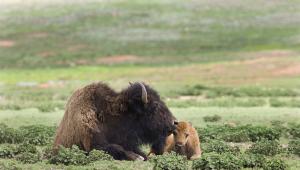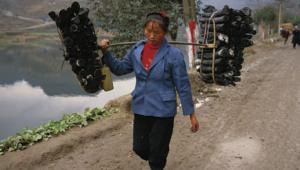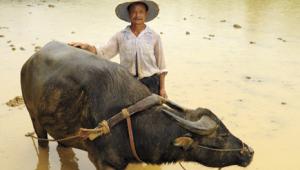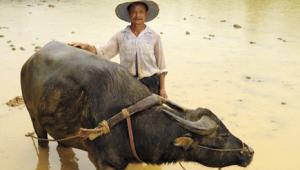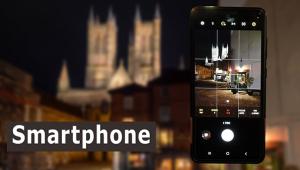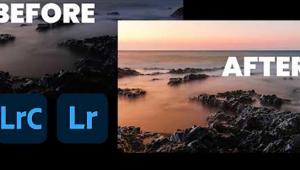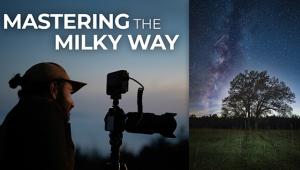A Compassionate Eye With An Educational Intent; The Photography Of Ron Haviv Page 2
"I have a very strong belief that photography plays a big role in that. My photographs from Yugoslavia were used in the War Crimes Tribunal as actual pieces of evidence to help indict war criminals. It was the 1990s and people were beginning to become aware of their political responsibility."
In Iraq Haviv joined with the marines during the invasion and for the following three months. He returned two years later. Currently he has been working on a story in Abu Ghraib and is planning to return to work at the prison shortly. "It's a difficult story for a foreign journalist to cover outside of being embedded with the military," he says, "and there are many angles to the story."
US Prisons In Iraq |
|
 |
|
|
Haviv is an original member of "VII," a small group of world-renowned
photojournalists. Working individually, however, Haviv has taken on the project
of connecting students with peer group survivors in Bosnia and Rwanda and believes
that photography is a special tool in the field of education.
"It makes everything much more real to the students," Haviv says.
"We bring photo exhibitions and media presentations into schools. Students
are able to relate so much better to the detail rather than if they were just
reading about these things in a textbook.
"I have just had our pilot program in a high school in New York and the
program will go national next year, moving to four more high schools. I am so
overwhelmed and inspired by the response, especially when the students see kids
their own age from Bosnia and Rwanda. It is all so much more real and more powerful
than listening to a teacher. When kids look at photographs from Bosnia or Rwanda
in color and listen to the voices of these kids they can more easily relate
to them. They understand it in a more personal way. One of the most amazing
things is in one high school after the program ran its course the kids started
a fundraising drive for Darfur and wrote about it."
Afghanistan |
|
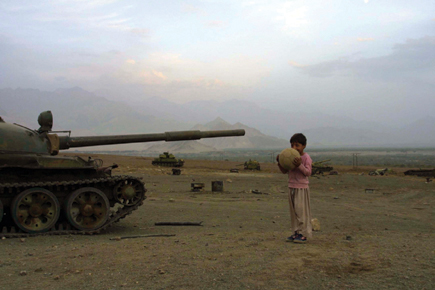 |
|
|
These are the things that inspire Haviv today, the role of photography in
conjunction with an educational and innovative curriculum.
"Hopefully when the time comes for them to vote they will understand how
to make proper choices and perhaps some of these kids will go into government
and be in positions of power where they will have an impact on the future."
For Haviv, education is a big component of his photography. The New York Photo
Festival started by VII with powerHouse Books as a partner have produced photo
exhibitions such as "Doctors Without Borders" as well as with the
Stanley Foundation and UNICEF.
At the time of our interview Haviv was on his way to Sri Lanka to do a project
for UNICEF to raise awareness of what is happening to children impacted by war.
"There are a huge number of child soldiers on both sides," Haviv
says. "With my photographs I am trying to show what is going on so there
will be more pressure on the government and on the rebel side to decommission
these thousands of child soldiers in Africa, Uganda, the Congo, and Darfur."
There is always an emotional connection to Haviv's work. Often hard to
look at, the images personify the finest in the field of photographic journalism.
It is not easy to see a photograph of a soldier kicking a woman in the head
as she lay dying on the street--but it happens. I look at the clenched
hands of a soldier as he stands watching for the enemy and it is hard to look
away from the photograph--I am watching and waiting, too.
To see more of Ron Haviv's work, visit his website at: www.ronhaviv.com.
- Log in or register to post comments



